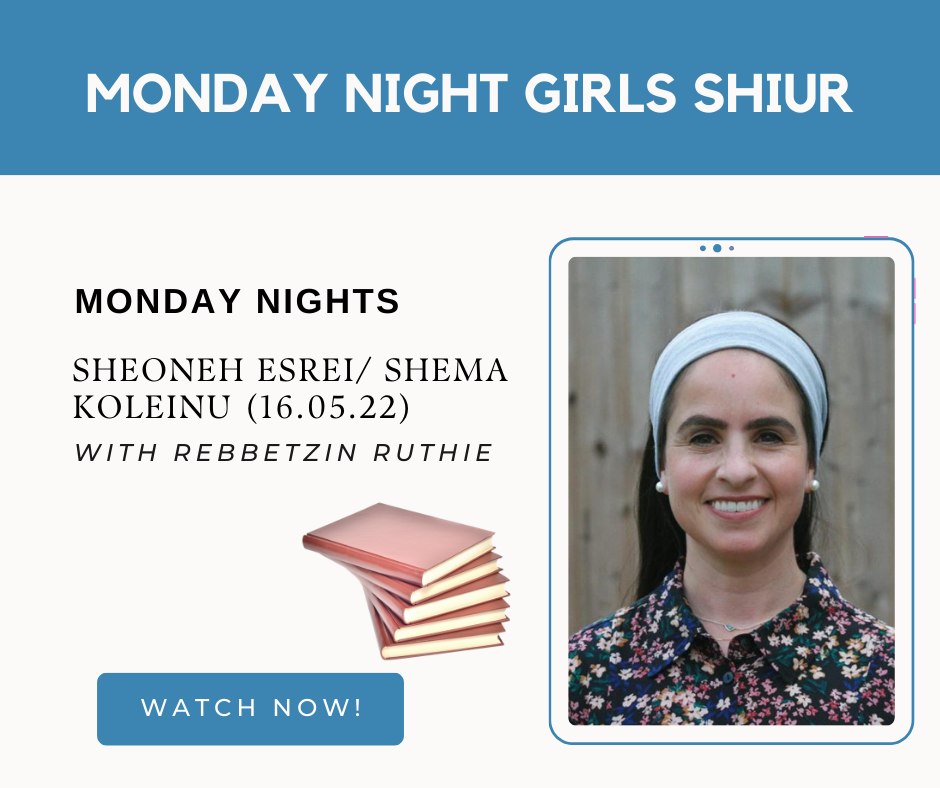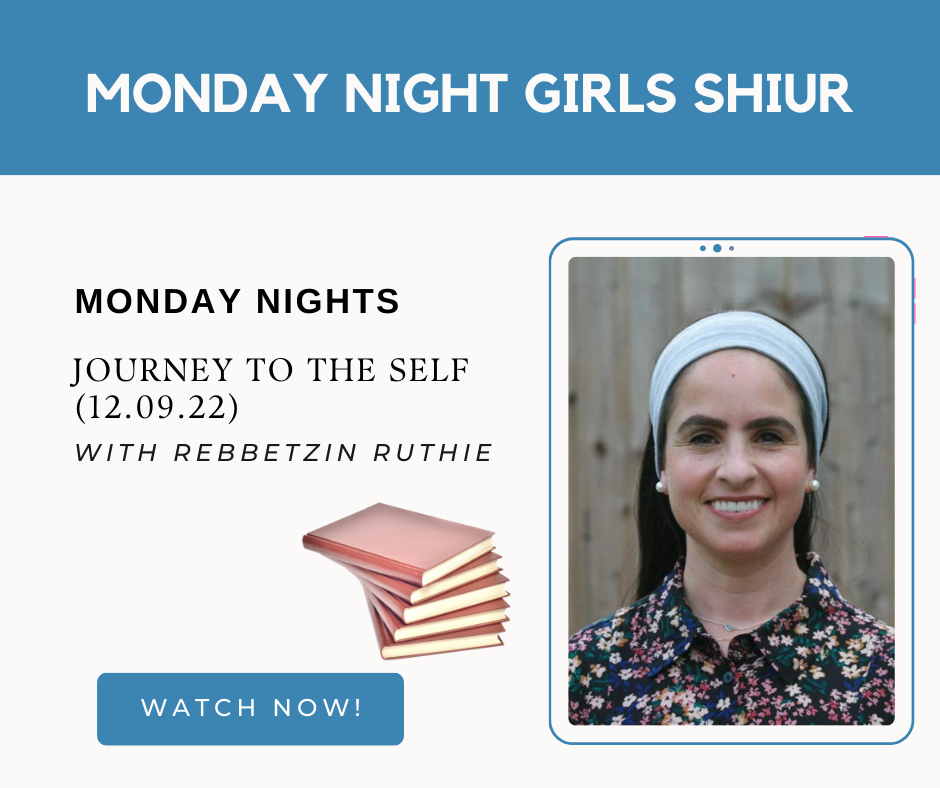
Towards the end of the sidra we have the well-known parshiot of AserTe’aser and KolHabechor which are read for KriatHatorah “ChutzLa’Aretz” on Shmini Atzeret and Yom Tov Sheni. There are five places in Chumash where the range of YamimTovim are described and there are numerous differences between them.
- In Mishpatim the harvest festival aspect is emphasised and the YamimTovim are given agricultural names. Pesach is in chodeshHaAviv, Shavuot is ChagHakatzir and SuccotChagHaAsif.
- In Ki Tisa we are told about the Nationalistic aspect and that we will become an independent nation fully protected by Hashem even when we leave our homes to go up to Yerushalayim notwithstanding our enlarged territory.
- Then in Emor the YamimTovim are described in detail including also Rosh Hashanah and Yom Kippur and all the Yom Tov mitzvot are mentioned there. This could be described as the Ritualistic Parasha. Indeed it is referred to as the ParashatHaMoadim.
- The next occasion is in Pinchas where all the musafim and korbanot to be sacrificed on Yom Tov are recorded. The maftir following KriatHaTorahon Yom Tov is always taken from here. So this could be called the Sacrificial Parasha.
We have thus far noted four important aspects of Yom Tov namely 1) Agricultural 2) Nationalistic 3) Ritualistic 4) Sacrificial. And now 5) In Re’eh we come to what in certain ways is the most important aspect of all which we can describe as the Social Welfare aspect.
AserTe’aser has been talking about giving tithes, looking after the Levi, the Ger, the orphan and the widow. Open your hand and give to the needy. Dealing fairly and generously with your Jewish servant, whom you should treat as your brother. Then follows the chapter of KolHaBechor emphasising how you must enjoy the Yom Tov in the presence of Hashem “You, and your son and your daughter and your servant and your maidservant and the Levi in your gates and the Ger and the orphan and the widow amongst you etc”
Rashi comments “Four of mine (Levi, Ger, orphan and widow) to correspond to four of yours (your son, daughter, servant and maidservant). If you will make mine happy I will then make yours happy correspondingly”.
It is most instructive in this context to quote from the Rambam. In hilchotShvitatheAsorch 6 halachot 17-18 he describes a person’s duties of simcha and good spirits on Yom Tov to include one’s children and wife and then he continues “When eating and drinking one is obligated to feed the ger, the orphan and the widow together with other unfortunate poor people, but anyone who closes the doors of his yard, eats with his children and his wife but does not feed and give drink to the poor and those of low spirit has not performed the mitzvah of simcha. He has done simcha in his belly” and he goes on to use unusually strong language to deplore such behaviour. Indeed the language chosen, borders on the vulgar which is completely out of character for the great Rambam whose choice of words is most refined, and he is obviously accentuating here his disgust of utterly inappropriate performance and indeed perversion of an important mitzvah.
Thus the Yomtovchesed aspect in Re’eh rounds off the previous four we have mentioned, by emphasising the social welfare and beinadamlechaveiro that we have to accentuate in our performance of mitzvos and in the service of Hakadosh Baruch Hoo.







